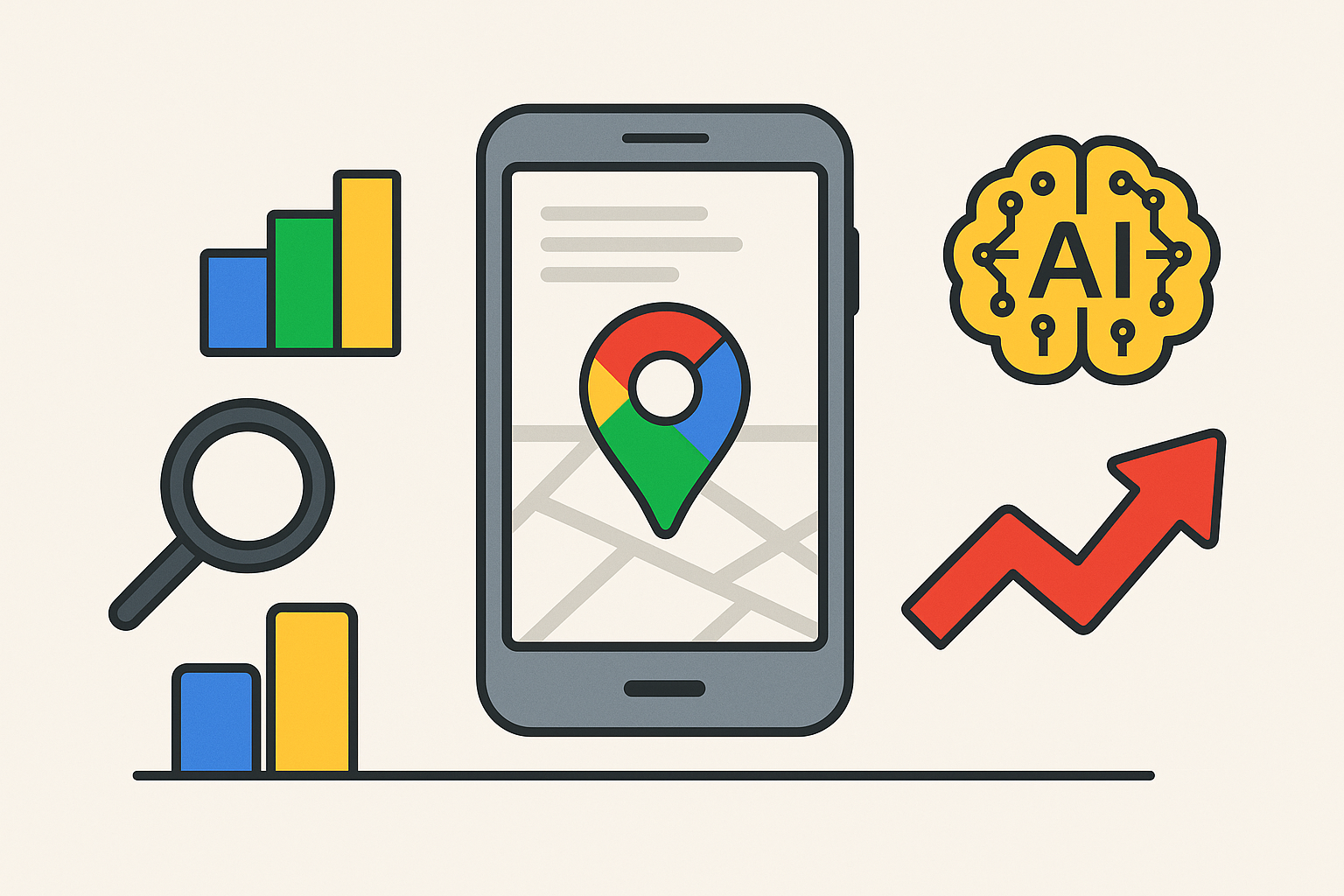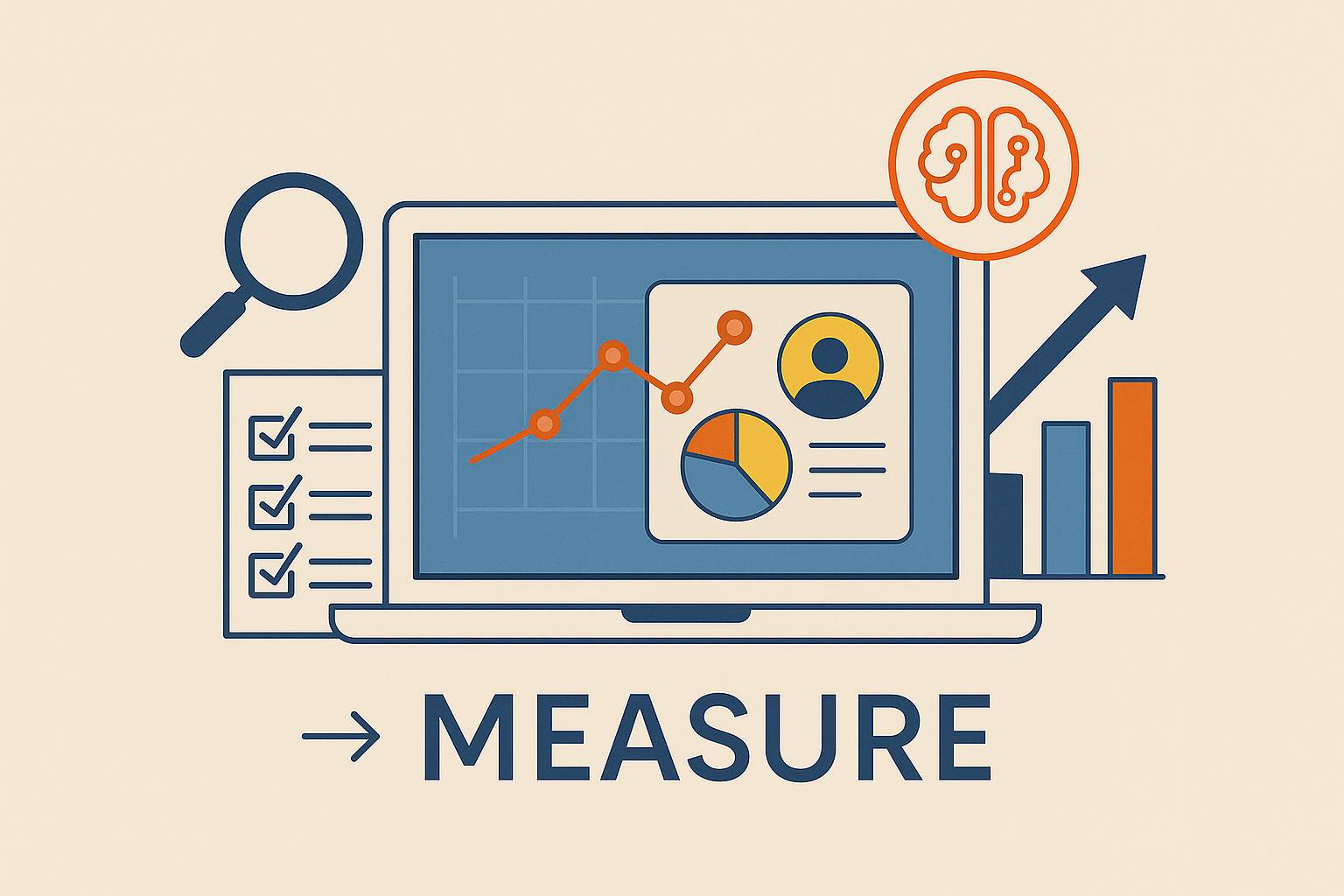In the competitive world of startups, every moment counts, and every touchpoint with a potential customer is an opportunity you can't afford to waste. While building a great product or service is paramount, how you present yourself online from day one can profoundly impact your trajectory. Your website isn't just an online brochure; it's the frontline of your brand, the engine of your marketing efforts, and often the very first meaningful interaction prospects have with your startup.
In today's digital-first economy, appearances matter more than ever. Research consistently shows that users make rapid judgments about credibility. In fact, roughly 75% of visitors judge a company's trustworthiness based solely on its website design and user experience [1]. A misstep during your initial website launch – be it a clunky design, frustrating navigation, or technical glitches – can erode trust, cost you valuable leads, and stifle momentum before you've even had a chance to demonstrate your value.
This post kicks off our nine-part series on "From Concept to Conversion," a structured, step-by-step roadmap designed to guide you through building a website that not only looks great but actively contributes to your business goals. We'll help you navigate common pitfalls, maximize conversions, and set your startup on a trajectory for sustainable growth.
The High Stakes of Your First Website
Think of your website launch as your startup's grand opening in the digital world. You only get one chance to make that crucial first impression on many visitors.
- First Impressions Happen in Milliseconds: Users form an opinion about your website (and by extension, your brand) in under 50 milliseconds. That's less time than it takes to blink! If your site is slow to load, looks unprofessional, or is confusing to navigate, visitors will leave before they even process your core message. A poor first impression translates directly into high bounce rates and missed opportunities.
- Trust is Painfully Fragile: Startups are inherently trying to build trust with early adopters and potential customers. Nothing shatters that trust faster than encountering technical glitches like broken links (404 errors), forms that don't work, or payment processing failures. Beyond functionality, missing essential elements like clear legal notices (Terms of Service, Privacy Policy) or demonstrating weak security can signal unreliability and even expose you to potential fines or legal trouble.
- Momentum is Hard to Recapture: Once a prospect clicks away from your site due to frustration or lack of confidence, they are unlikely to return. That potential lead is lost. Furthermore, a negative first experience can lead to negative word-of-mouth – whether through direct conversations or online reviews – amplifying the damage and undermining future marketing efforts before they've begun.
Common Pitfalls Startups Must Avoid
Ignoring critical aspects of your website build can lead to significant problems down the line. Here are some of the most common pitfalls:
- Poor User Experience (UX):
- How it Shows Up: Confusing or cluttered navigation, excessively slow page loading times, non-responsive design (looks terrible on mobile), intrusive pop-ups, difficulty finding key information or calls to action.
- Impact: Extremely high bounce rates, low time spent on site, users leaving in frustration, negative brand association.
- Technical Glitches:
- How it Shows Up: Broken links (404 errors), forms that don't submit data, images that fail to load, payment gateways that malfunction, inconsistent display across different browsers or devices.
- Impact: Direct loss of leads or sales, manual firefighting to fix issues, wasted marketing spend driving traffic to a broken site, significant damage to credibility.
- Legal & Privacy Oversights:
- How it Shows Up: No cookie consent banner or mechanism, missing or incomplete Privacy Policy, lack of Terms of Service, no clear opt-out options for marketing communications, not complying with regulations like GDPR or CCPA.
- Impact: Potential for significant legal fines and penalties, inability to legally use analytics or cookies, severe damage to reputation, loss of customer trust regarding data handling.
- Security Gaps:
- How it Shows Up: Site not using HTTPS (browser shows "Not Secure"), weak administrator passwords, outdated software or plugins, lack of basic firewall protection, exposure of sensitive directories.
- Impact: Risk of data breaches (devastating for user trust and finances), site being hacked or defaced, inability to process payments securely, being penalized by search engines (like Google).
Why a Thoughtful Website Launch Pays Dividends
Investing time and effort into a well-planned and executed website launch isn't just about avoiding problems; it's about building a powerful asset for your startup's growth.
- Establishes Credibility & Professionalism: A polished, functional, and bug-free website signals to the world that you are serious, organized, detail-oriented, and ready to do business. It instills confidence in potential customers, partners, and investors from the outset.
- Creates Conversion-Focused User Journeys: Strategic design, persuasive copywriting, and intuitive navigation guide visitors seamlessly towards desired actions – whether that's signing up for a free trial, requesting a demo, downloading a lead magnet, or making a purchase. A well-designed site makes it easy for users to convert.
- Provides a Scalable Foundation: Implementing best practices from day one – such as using modular code, establishing clear content architecture, choosing a robust and appropriate hosting solution, and selecting flexible tools – minimizes the need for expensive and time-consuming rework as your startup grows and your website needs evolve.
- Enables Data-Driven Optimization: Setting up analytics properly from the moment your site goes live provides invaluable insights into real user behavior. You can track traffic sources, user flow, conversion rates, and identify friction points. This data allows you to test hypotheses, make informed decisions, and continuously refine your website to improve performance based on how users actually interact with it.
Quick Baseline Checklist Before You Build
Before we dive deep into the strategic planning phase in our next post, ensure you've got these fundamental bases covered. These are non-negotiable starting points:
- Define Your Core Goal: Get crystal clear on the primary purpose of your initial website. Are you focused purely on collecting leads, driving immediate product sales, showcasing a portfolio to attract clients, or something else? This focus will guide all subsequent decisions.
- Secure Your Domain & SSL: Purchase a memorable and relevant domain name. Crucially, enable SSL/TLS (HTTPS) immediately. This encrypts data between the user's browser and your site, essential for security, SEO, and building trust (browsers prominently flag non-HTTPS sites).
- Choose a Minimal, Appropriate Tech Stack: Don't over-engineer. For a first site, consider a user-friendly hosted website builder (like Squarespace, Wix, Webflow) or a lightweight, widely supported CMS (like WordPress with minimal plugins). Choose something you can manage or easily get help with.
- Draft a Basic Site Map: Outline the 3-5 primary pages your initial site absolutely needs (e.g., Home, About Us/Company, Features/Services, Contact Us). This provides structure before you start designing or writing content.
- Install Analytics: Set up Google Analytics (or a privacy-friendly alternative like Fathom or Plausible) and install the tracking code on your site prototype or basic structure. You need data from the very beginning to understand your users.
- Prepare Placeholder Content: You don't need final, polished copy or images to start building the layout. Use "Lorem ipsum" text and temporary image placeholders so you can focus on the design, structure, and user flow without being blocked.
What’s Next?
Nailing your website launch requires more than just avoiding problems; it requires intention and strategy. In Post #2: Strategic Planning for Your Startup Website, we’ll dive deep into crafting a concise, effective Website Brief. You'll learn how to define your target audience segments, articulate your unique selling proposition, and set SMART (Specific, Measurable, Achievable, Relevant, Time-bound) launch objectives that directly align with your overarching business goals. You'll walk away with a practical one-page brief template and a clear roadmap for the foundational planning phase (Module 1 of our series).
Stay tuned: strategic clarity at the outset is the bedrock of a successful website. It makes every subsequent step smoother, prevents costly misdirections, and dramatically increases the odds that your launch drives real-world results for your startup. Don't let your website be an afterthought; make it a powerful catalyst for growth from day one.





